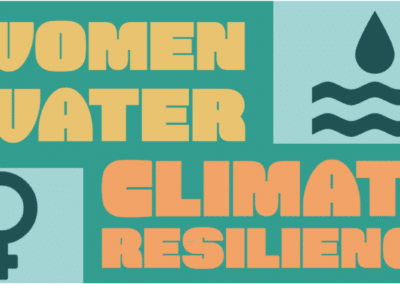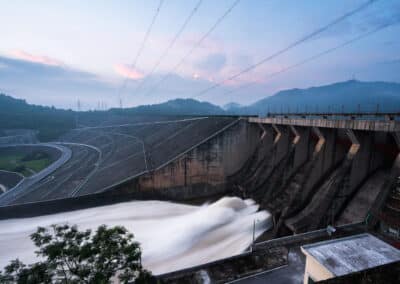The New Year is a time to reflect and look forward.
Traditionally, the new year is a time so many people look to the future and make those traditional “New Year’s Resolutions.” I tend to use this time to reflect on the past; not just the past 12 months, but the entirety of my past, looking for those things that surface that might be relevant to the issues I am facing today.
When Antonio espoused these words in the Tempest, he was of the mind that the past wasn’t important, only the future held greatness. While I believe in a bright future; unlike Antonio, I believe we can best shape that future by applying historical lessons learned.
An Indelible Memory
One of the most important memories that surfaced recently was a project I worked on over 25 years ago during my tenure in the Pennsylvania Department of Environmental Protection (PA DEP). Governor Tom Ridge, newly elected, appointed PA DEP Leadership, Jim Sief as Secretary and David Hess as Executive Deputy Secretary, both of whom were intent on demonstrating a better way of achieving environmental compliance. At the time, government transparency was an emerging concept. We were pioneers by creating in 1997 the nation’s first website showing every environmental facility inspection– air, water, waste, mining and more – and the results of those inspections (e.g., violations and enforcement actions) – the eFacts System.
The eFACTS System went on to win several awards, including the 1999 Council of State Government’s (CSG) Innovation Award. I had the honor of representing PA DEP in an oral presentation before the Awards committee at their national conference. In an odd twist of fate, CSG invited only a handful of nominees to the orals presentation and one of those was my husband, Kevin! Kevin was representing the PA PUC Electric Choice Program, which he ran. In the end, CSG selected DEP’s eFACTS system the winner and Kevin was a magnanimous runner-up.
There is one reason I believe CSG selected eFACTS over other worthy innovations, and it’s based on a conversation that sticks with me today. After the orals, one of the committee members pulled me aside and told me she represents Woburn, MA in the state General Assembly. If that name rings a bell, you may have read the book A Civil Action, or perhaps seen the 1998 John Travolta movie of the same name, which is a true story about water contamination that caused a high prevalence of leukemia in the community. The legislator was a teacher in a local school when children started getting sick. She eventually decided to run for office to prevent something like this from ever happening again. She told me she believed that had a system like ours been in place in her state years earlier, it may have saved lives.
The Past Shapes the Future
This memory shapes my priorities and choices to this day. One year ago, I joined True Elements. I did so, in part because of that discussion 25 years ago. True Elements’ mission is to provide the deepest, clearest water intelligence possible, through easy-to-understand visualizations of current drinking and surface water conditions and water related climate risk. We want to help people more clearly understand water conditions in their localities so they can use that understanding to make more fully informed decisions about their water resources.
As the year unfolds, we will share more about how True Elements is helping executives, volunteers and public sector officials use state of the art water intelligence to make decisions. Follow True Elements to learn more about how you can leverage water intelligence to better understand water conditions and plan for a resilient, sustainable water future.
Kimberly Nelson
Chief Operating Officer, True Elements





